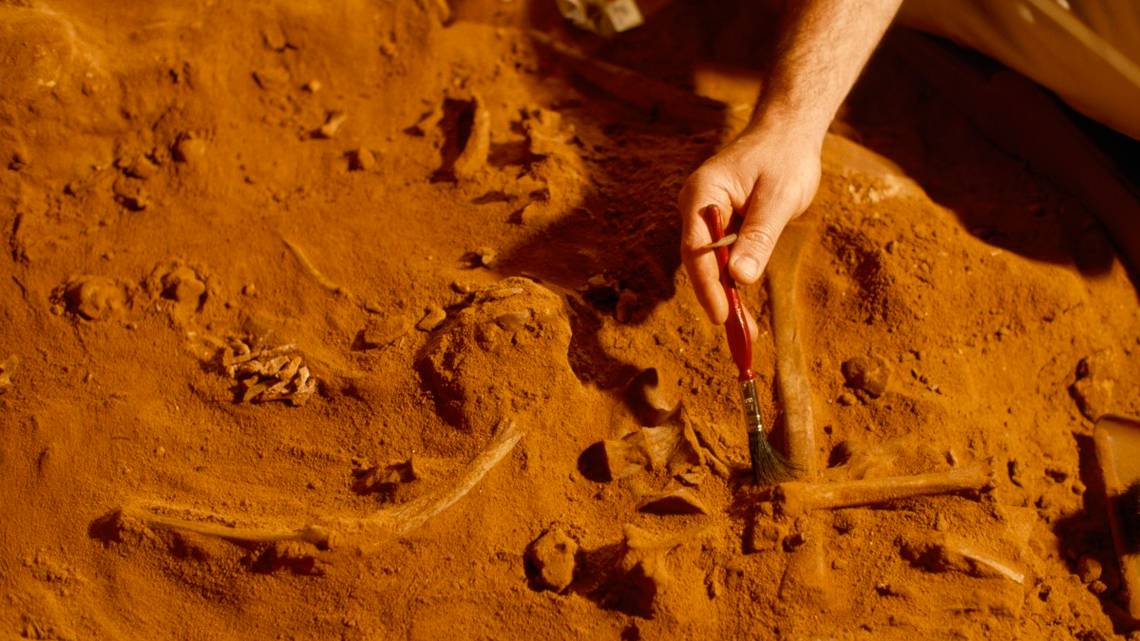
Neanderthal Tools in China Spark Surprise: 55,000-Year-Old Discovery Makes History
Researchers from the University of Washington excavating a site in China have surprised the scientific world by discovering Neanderthal tools dating back approximately 55,000 years. The study, published on March 31 in the journal “Proceedings of the National Academy of Sciences,” reveals “compelling evidence of core exploitation, the production of large and thick flakes, the shaping and maintenance of scrapers exhibiting the entire Quina concept, typical of contemporary European Middle Paleolithic technologies developed by Neanderthal groups” at the site known as Longtan.
This discovery at the Longtan site, dating back approximately 55,000 years, parallels similar tools found throughout Europe. Although this particular type of manufacturing has long been associated with Neanderthals, it was not believed to have spread to the borders of East Asia. This discovery challenges the widely held belief that China developed more slowly than other regions. Ben Marwick, co-author of the study and professor of archaeology at the university, told Ancient Origins, “This significantly alters our way of thinking about that period in that part of the world. It really raises the question of what else people were doing during this period that we haven’t yet found? How will this change how we think about people and human evolution in this area?”
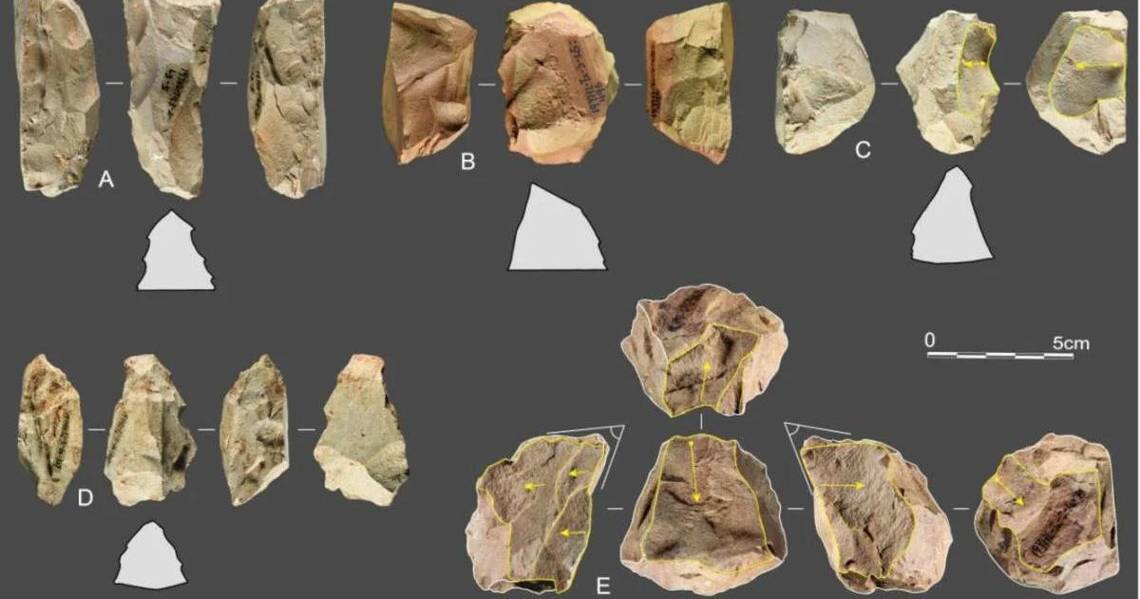
Marwick believes this discovery was only made possible due to recent advancements in archaeology in China. As local archaeologists become more aware of global findings, they can more easily recognize what they uncover. “The idea that nothing has changed for such a long time in East Asia is deeply ingrained in people’s minds,” he said. “They haven’t considered the possibility of finding things that challenge this idea. Now, perhaps some scholars are interested in questioning these ideas.”
It is stated that excavations will continue until human remains are found, as Marwick hopes. “This could answer the question of whether these tools are the product of a modern human like you and me,” he emphasized. “No Neanderthals have ever been found in East Asia, but could we find a Neanderthal? Or, more likely, could we find a Denisovan, another type of human ancestor? If we can find human remains associated with this period, we might find something surprising, perhaps even a new human ancestor that we don’t yet know about.”
https://doi.org/10.1073/pnas.2418029122
You may also like
- Ancient Assyrian Tablets: Science Uncovers 7th Century Writing Techniques
- The Mysterious Goddess of Levent Valley: 2800-Year-Old Hittite Goddess Figurine
- Discovery in Romania Reshapes History of Ancient Dacian Presence
- New Study: Climate Change May Have Played a Role in the Fall of the Roman Empire
- The Dazzling Treasure of Kibyra: The Medusa Mosaic Reopens to Visitors
- Stunning 2,500-Year-Old Settlement Discovered in North Macedonia
- The 2000-Year-Old Anisa Tablet Found in Kültepe Shows That Greek Was Spoken in Anatolia at That Time
- Revealing the Hidden Voices: How Digital Tools Uncover the Art of Excerpting in Syriac Manuscripts
- Scientists Claim Ancient Cymbals Found in Oman Prove Bronze Age Social and Cultural Interactions
- Roman Settlement Discovered in Delbrück-Bentfeld, Germania
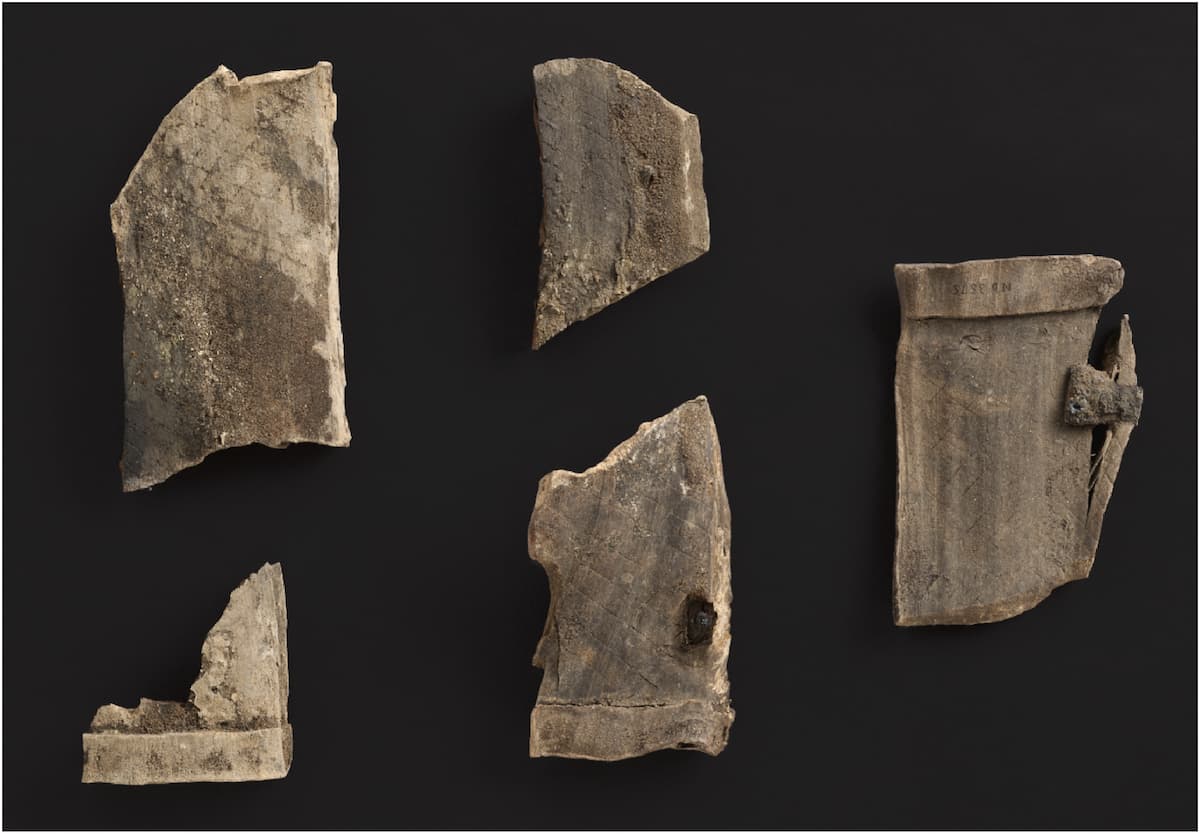
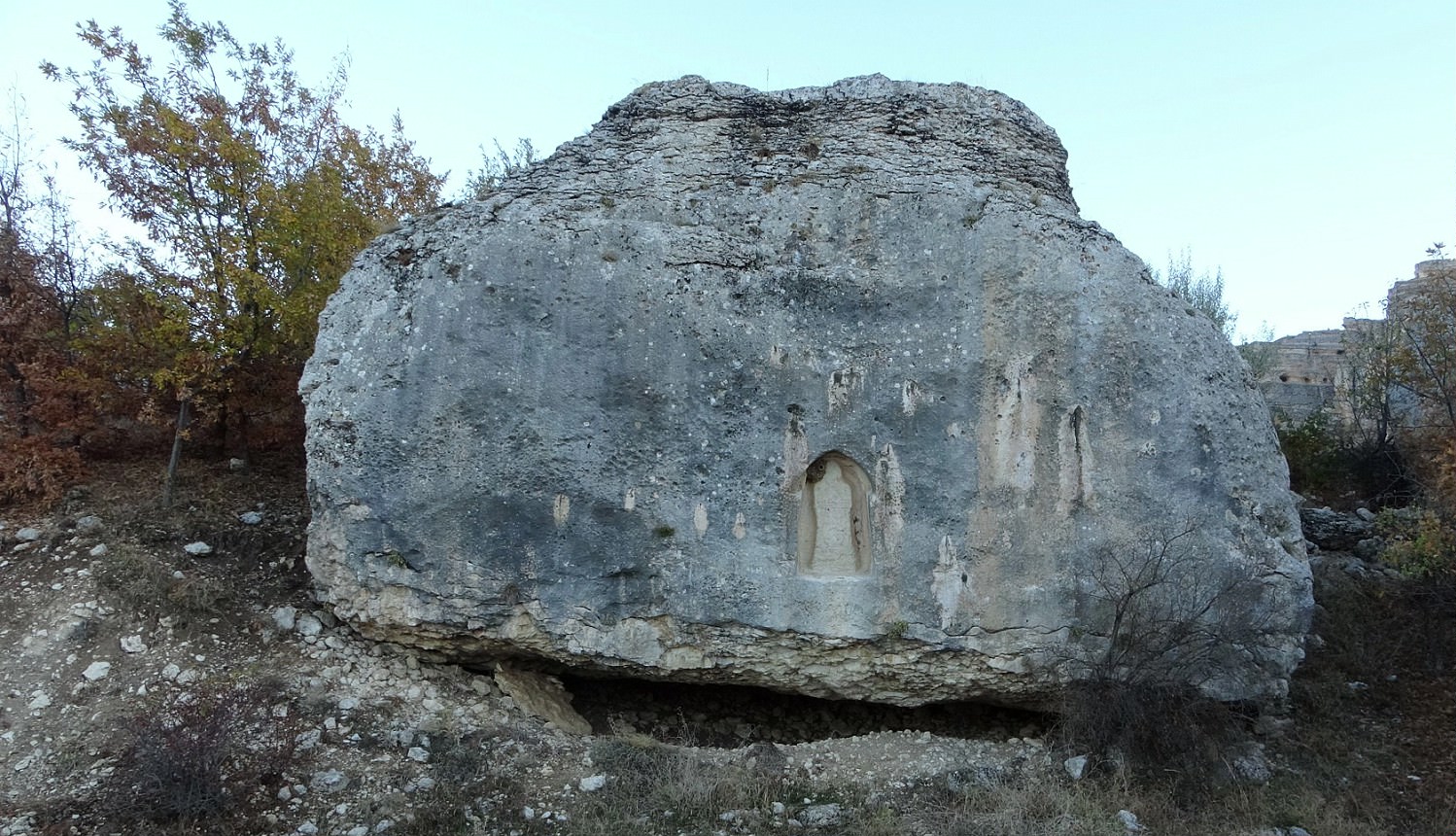



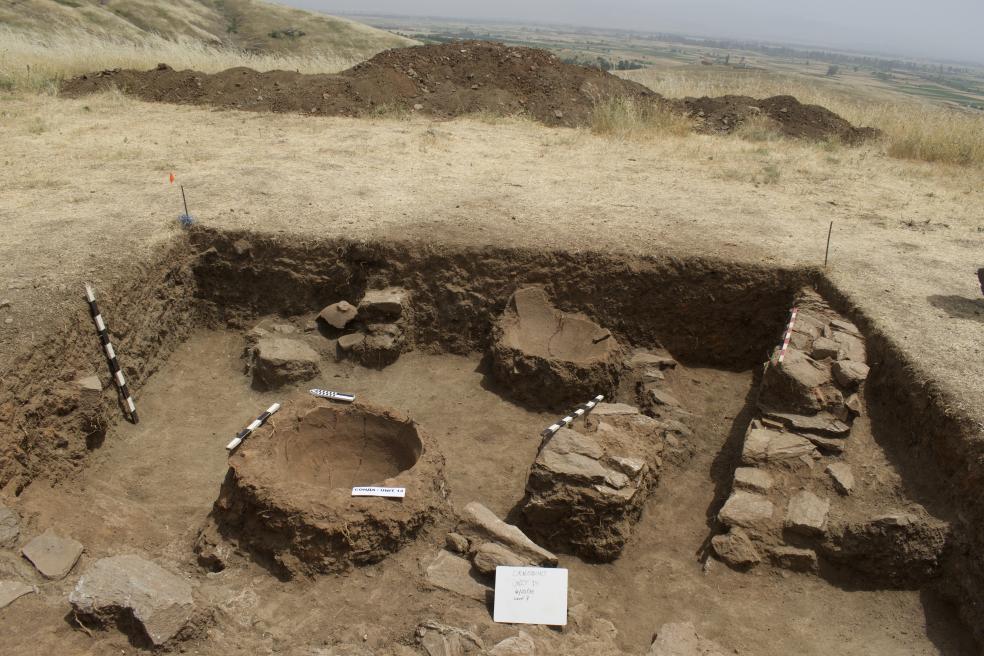


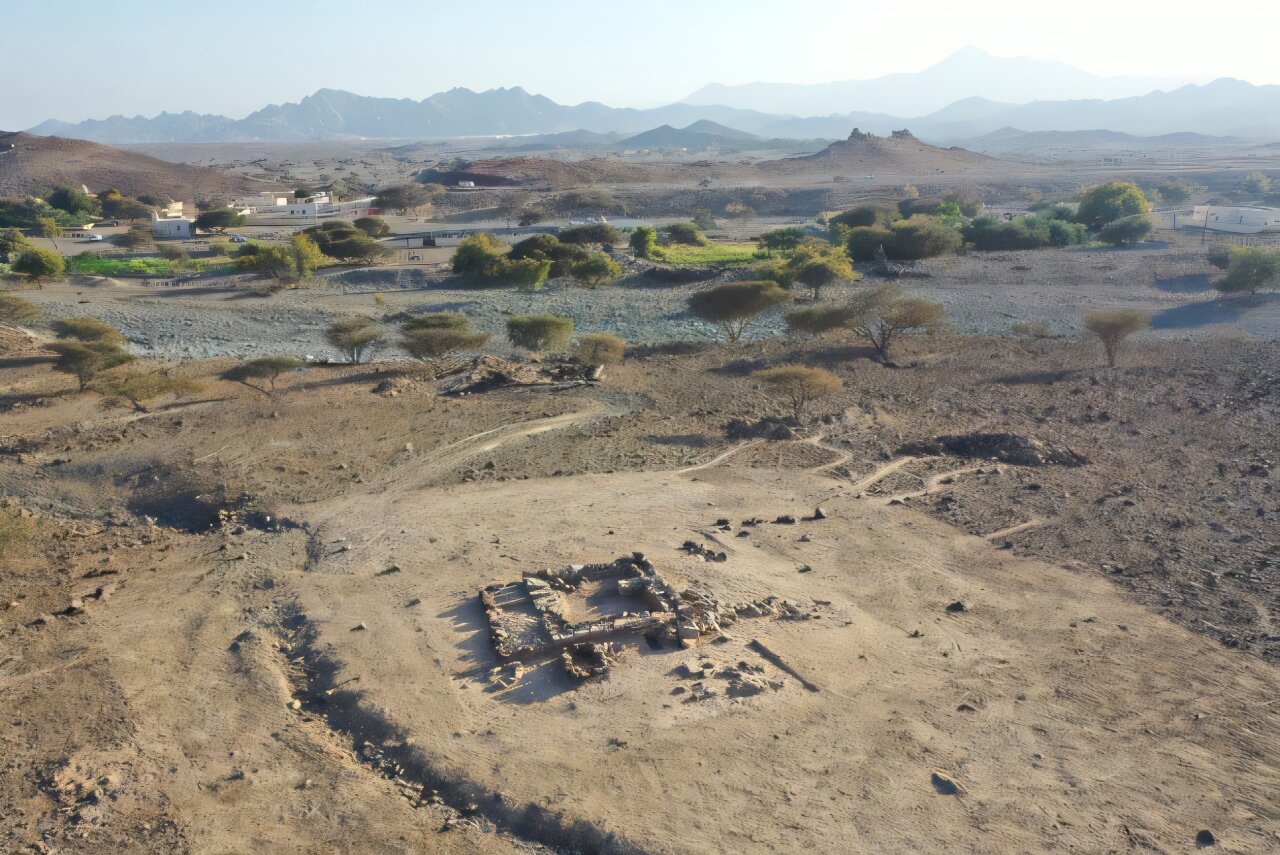
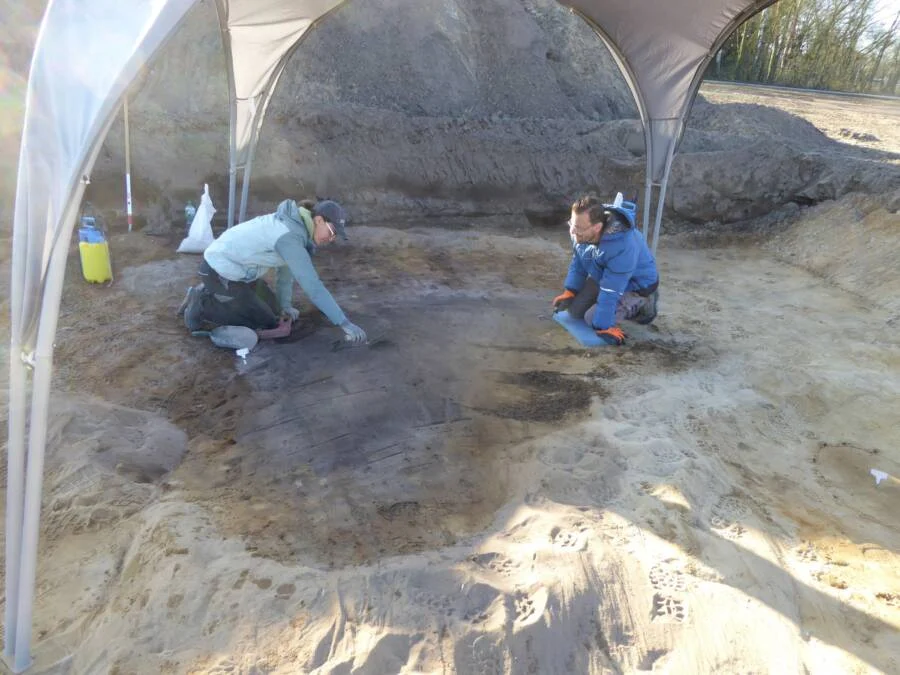
Leave a Reply